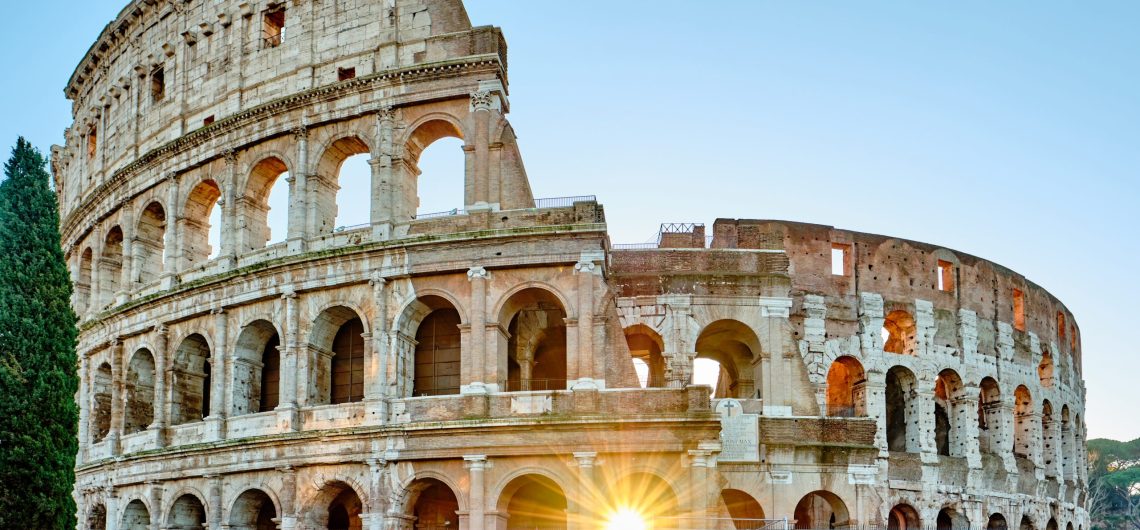The Colosseum, Legendary Arena of the Gladiators
If you’ve ever dreamed of stepping back in time to feel the pulse of the Roman Empire at its peak, there’s no better place to begin than the heart of Italy’s capital, Rome. This Eternal City holds a treasure trove of historical wonders that continue to inspire and captivate. In just one day, you can walk among ancient ruins, experience the grandeur of Roman architecture, and witness the living legacy of a civilization that shaped the Western world.
Constructed in 72 AD by Emperor Vespasian and completed by his son, Titus, the Colosseum is the largest amphitheater ever built in ancient times. Holding up to 50,000 spectators, this grand structure was the center of Roman public entertainment—featuring gladiator battles, public executions, and spectacular mythological performances.
Today, the Colosseum stands as a symbol of Rome’s enduring strength and cultural richness. Stepping inside its ancient walls, you can almost hear the echoes of the roaring crowds and feel the intensity of the combat that once took place in the arena.
The Roman Forum: The Political and Social Heart of the Empire
Just a short walk from the Colosseum lies the Roman Forum, once the bustling center of political, religious, and commercial life in ancient Rome. Here stood the grand temples, basilicas, and government buildings that were the backdrop of Roman public life for centuries.
Among the ruins, you can find remains of the Temple of Saturn, the Temple of Castor and Pollux, and the Via Sacra, the sacred road used for victory processions by Roman generals. Walking through the Forum is like turning the pages of a living history book.
Palatine Hill: Birthplace of Rome
A short climb from the Forum brings you to Palatine Hill, the legendary birthplace of Rome where the twin brothers Romulus and Remus were said to be raised by a she-wolf. This was also the residence of Roman emperors, filled with opulent palaces and lush imperial gardens.
Palatine Hill offers not only a peaceful escape from the city below but also breathtaking views of both the Roman Forum and the Circus Maximus, once a grand chariot racing stadium.
Trevi Fountain: Beauty, Myth, and Tradition
After exploring ancient ruins, take a stroll westward to one of the most iconic fountains in the world, Trevi Fountain(Fontana di Trevi). Built in the 18th century in Baroque style, Trevi Fountain is not just a masterpiece of sculpture but also a place steeped in legend.
Tradition says that tossing a coin into the fountain with your right hand over your left shoulder guarantees your return to Rome. With its dramatic depiction of the sea god Oceanus, cascading waters, and stunning architecture, the fountain is a perfect spot to rest, reflect, and perhaps enjoy a gelato.
Travel Tips for Rome:
- Get a combination ticket: The Colosseum ticket often includes entry to the Roman Forum and Palatine Hill—saving you time and money.
- Take a guided tour with VIP Tour Europe to fully appreciate the historical context.
- Visit Trevi Fountain early in the morning or late in the evening to avoid crowds and enjoy the lighting.
- Wear comfortable shoes, as the ancient roads and uneven paths can be challenging.

